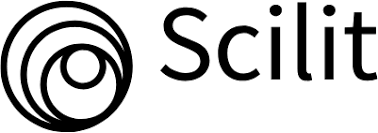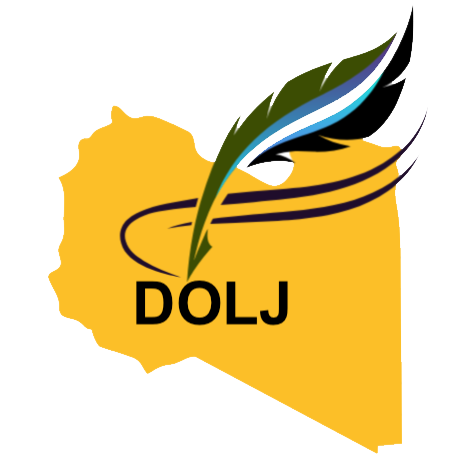Weapons and Combat Equipment in Andalusian Literature
DOI:
https://doi.org/10.54172/4hq39t18Keywords:
War, combat, Andalusian literature, jihadAbstract
This study examines the exploration of texts in Andalusian literature, both poetry and prose, and sheds light on the influence of war and combat terminology on literary production during that period. Research has shown that such terms had a significant impact, no less than other factors, on Andalusian literature. This can be primarily attributed to the nature of life in Islamic Andalusia, which was isolated from the rest of the Islamic world by a significant distance of water and suffered from continuous wars initiated by hostile forces. The Christians took advantage of this aspect and ignited wars in Andalusia, where there was no permanent period of tranquility, but rather wars erupted in different regions. This influence was reflected in the vocabulary of the poets and writers, as they crafted everything they found of war and combat tools in their besieged environment and incorporated those terms into their poems and texts. These terms vary and abound, and some of them have been mentioned in the studied texts. The study aims to trace some of these terms that express the environment of war and jihad in Andalusia, although it is not possible to include all of these designations and terminologies in this research. Among the tools and equipment to be studied are "Al-Daleel" or "Al-Taleea," who are the spies that gather information about the enemy's condition and report it. The study aims to shed light on these terms and study them in the context of Andalusian literature to provide a deeper understanding of the circumstances and challenges faced by the writers during that time period.
Downloads
Published
Issue
Section
License

This work is licensed under a Creative Commons Attribution-NonCommercial 4.0 International License.
Copyright of the articles Published by Almukhtar Journal of Social Science (MJSSc) is retained by the author(s), who grant MJSc a license to publish the article. Authors also grant any third party the right to use the article freely as long as its integrity is maintained and its original authors and cite MJSSc as the original publisher. Also, they accept the article remains published by the MJSSc website (except in the occasion of a retraction of the article).













